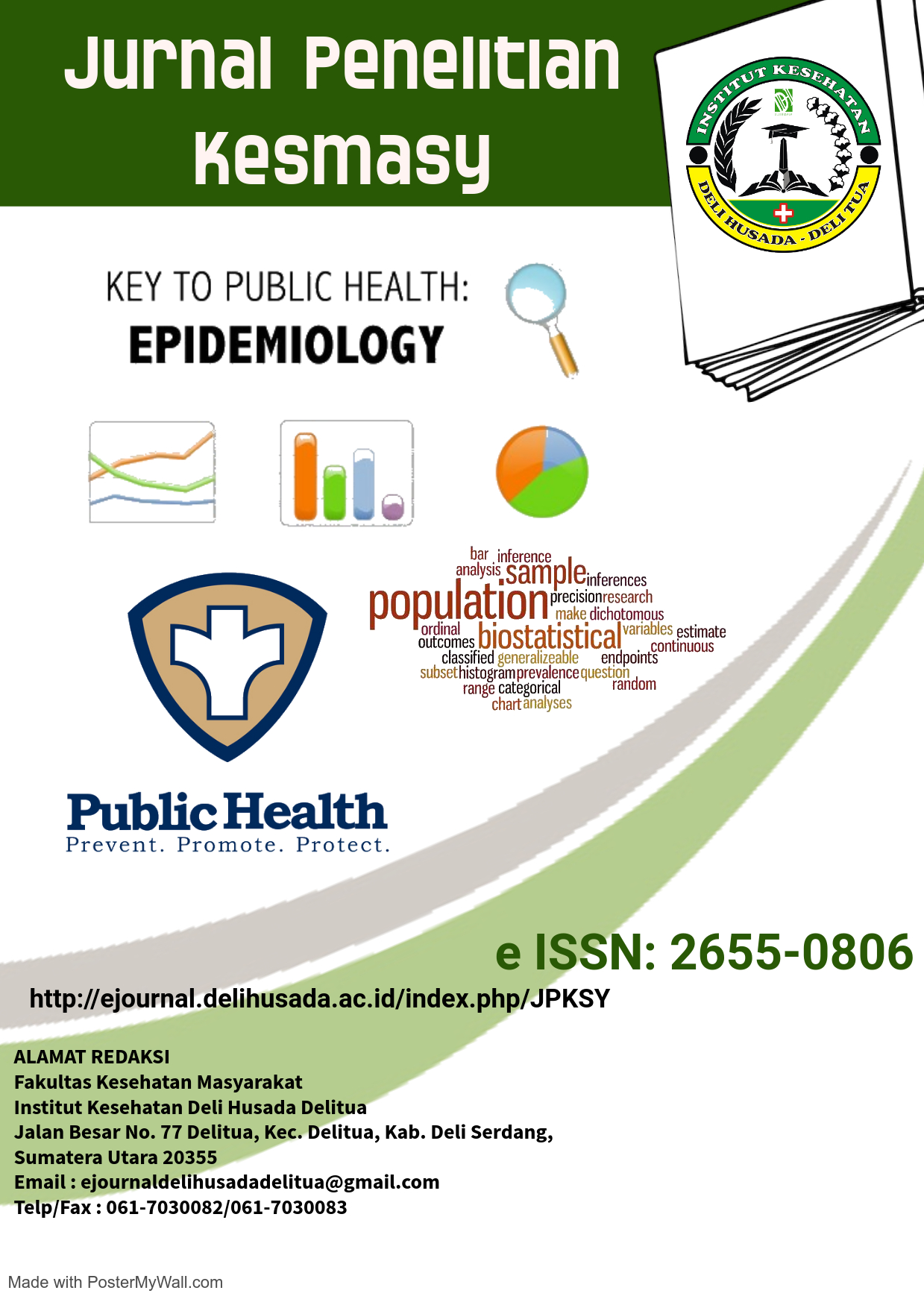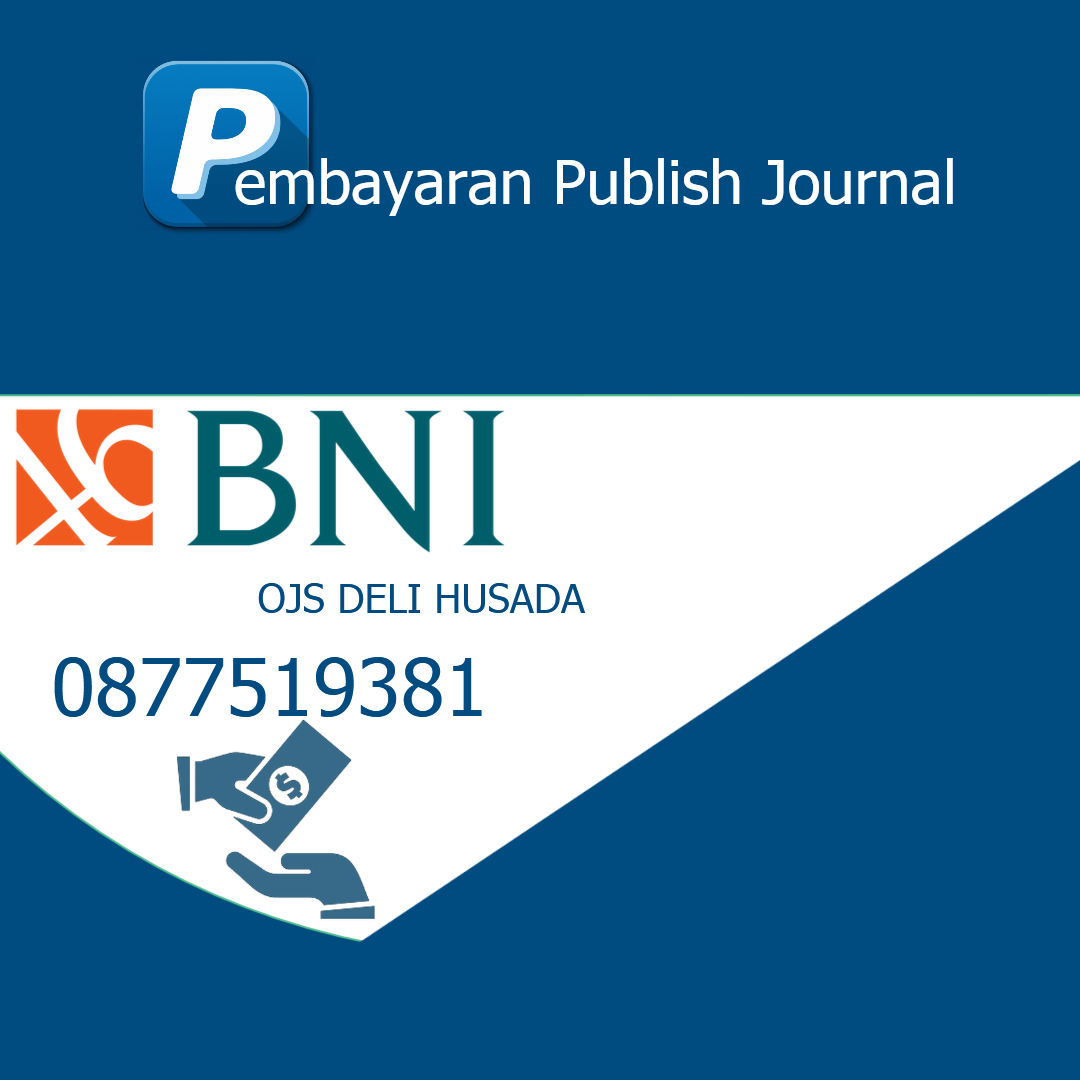DIGITALISASI SISTEM INFORMASI ANJUNGAN PENDAFTARAN MANDIRI (APM) RAWAT JALAN BERBASIS WEBSITE MENGGUNAKAN METODE RAPID APPLICATION DEVELOPMENT (RAD) DI RSU HAJI MEDAN
Abstract
In order to achieve faster and more accurate hospital services, hospitals need to establish and have an electronic based website. The problem that still exists at Medan Haji General Hospital is related to the absence of the use of a website based outpatient self-registration platform (APM) information system. This is because officers still lack understanding of the importance of website based information systems and the limitations of an IT person to design the application. The purpose of this research is to design a website based information system for self registration booths (APM) at the Haji General Hospital in Medan. The method in this study uses the Rapid Application Development (RAD) model. The results that were concluded from the respondents were to find out whether or not there were deficiencies in the website that had been designed, and to find out whether the website system that had been designed was accepted or not by the Medan Haji Hospital. Researchers created a website design using Microsoft Office Visio 2013 to create Entity Relationship Diagrams (ERD) and Data Flow Diagrams (DFD). The integration and system testing stages of each program unit are integrated with each other and tested as a total system. Then the system will be sent to the system user. Website testing that has been designed uses testing with the Blackbox technique. The conclusion is that it can facilitate the patient quickly and efficiently. It is suggested that this system can be developed for the future so that it can be done electronically and the system can cover not only old patients, but also new patients so that it can be more effective and efficient in reducing long queues during registration at the hospital.
References
Myers, G. J., Sandler, C., & Badgett, T. (2011). The Art of Software Testing (3rd ed.). John Wiley & Sons.
Menachemi, N., & Collum, T. H. (2011). Benefits and Drawbacks of Electronic Health Record Systems. Risk Management and Healthcare Policy, 4, 47-55.
Nielsen, J. (2012). Usability Inspection Methods. In J. Nielsen & R. L. Mack (Eds.), Usability Inspection Methods (2nd ed.). John Wiley & Sons.
Preece, J., Rogers, Y., & Sharp, H. (2015). Interaction Design: Beyond Human-Computer Interaction. Wiley.
Pressman, R. S. (2014). Software Engineering: A Practitioner's Approach (8th ed.). McGraw-Hill Education.
World Health Organization. (2015). The World Health Report 2015: Health Systems Financing: The Path to Universal Coverage. Geneva: World Health Organization.
Wulandari, R. D., & Lestari, E. (2016). Penerapan Teknologi Informasi dalam Meningkatkan Pelayanan Rumah Sakit. Jurnal Sistem Informasi, 8(1), 45-54.







